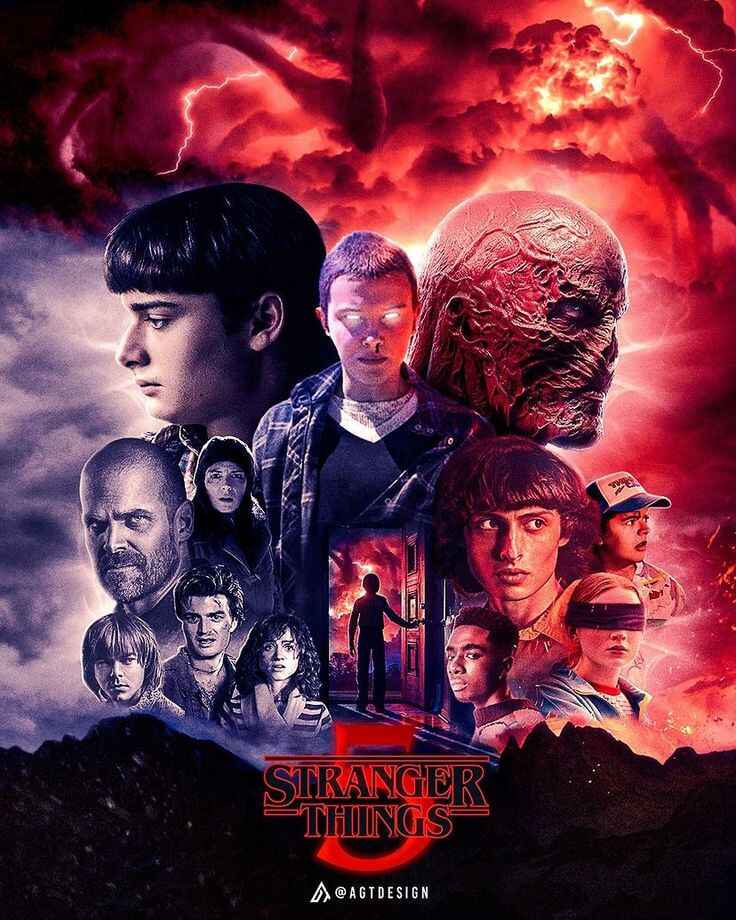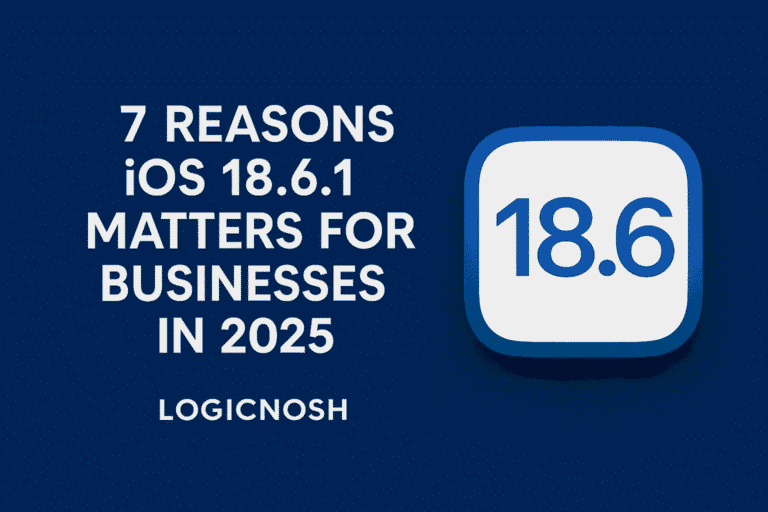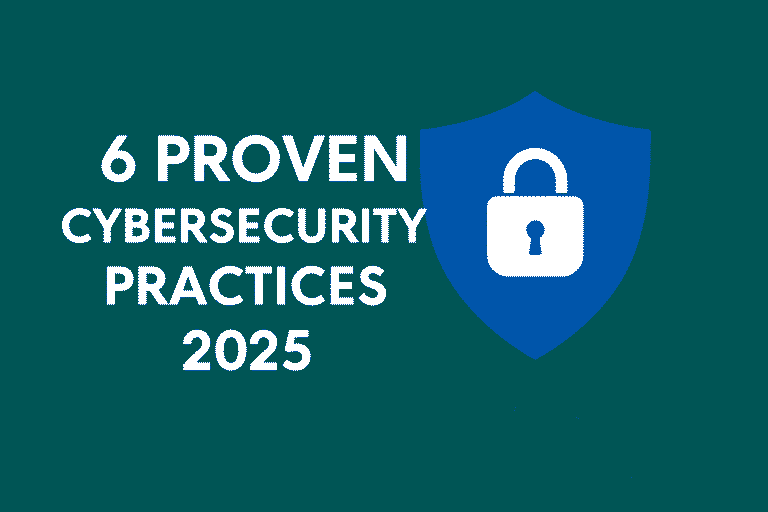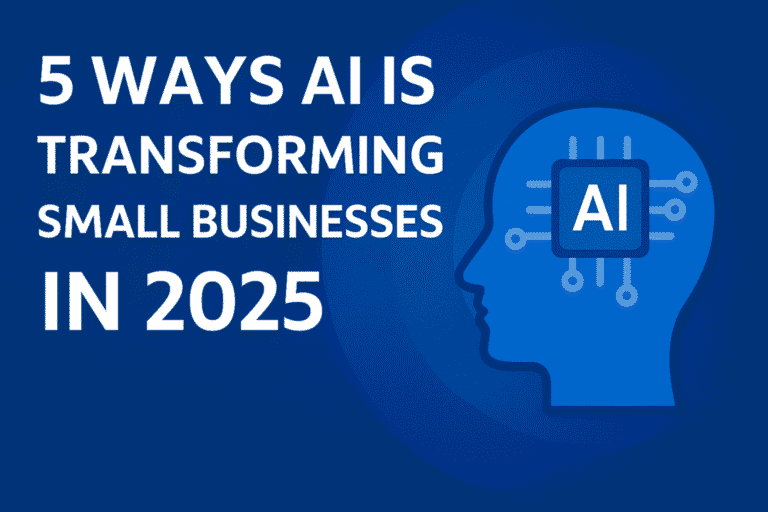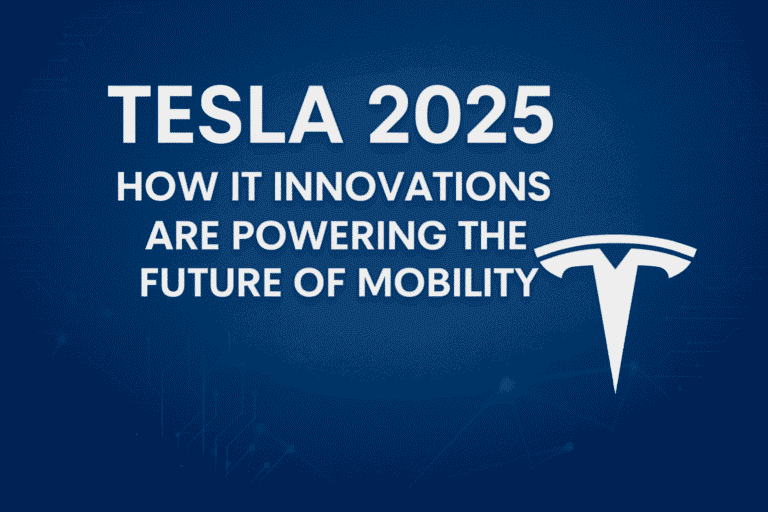Stranger Things Season 5 is not just a finale it’s a milestone in tech-powered storytelling
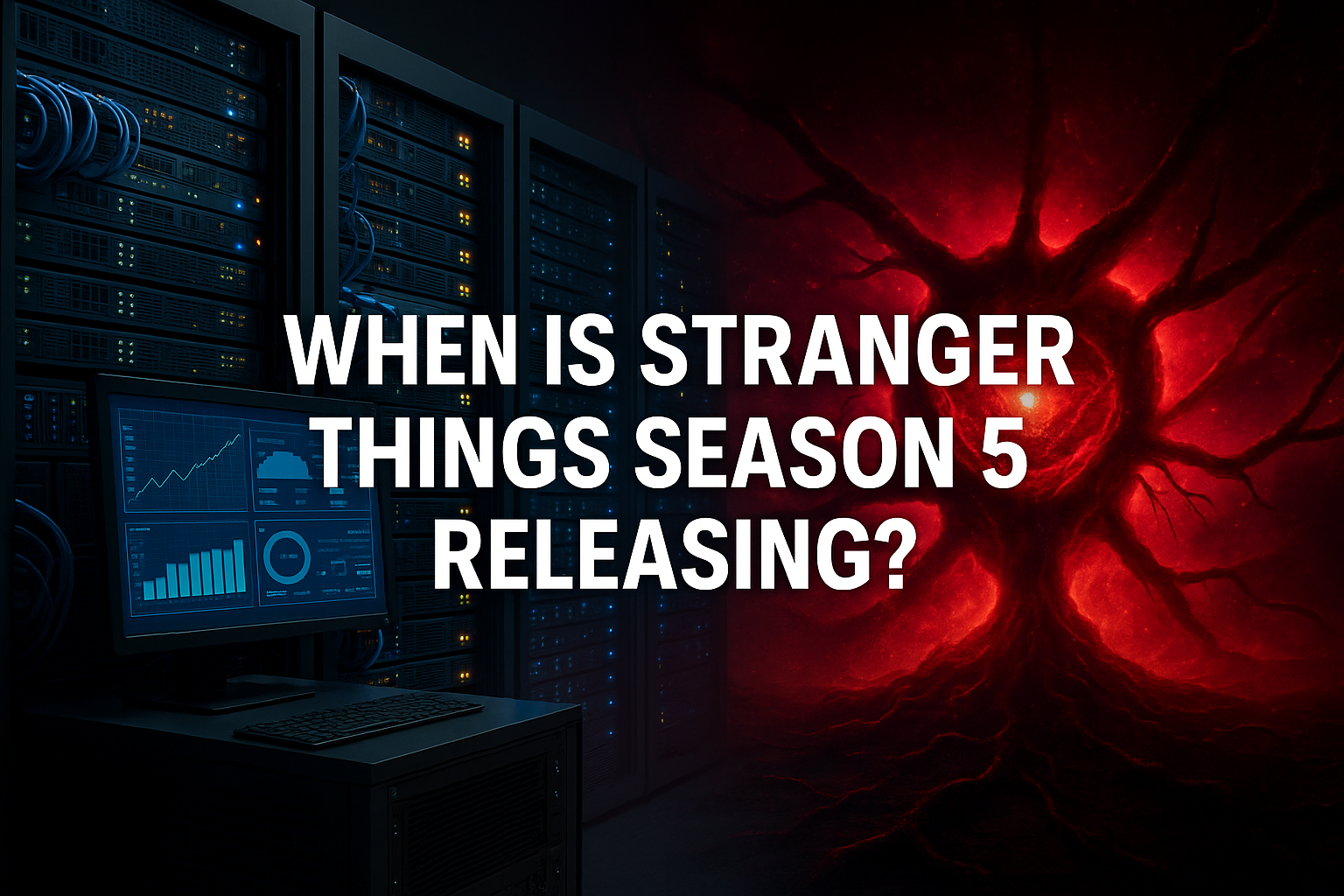
Tech Lessons from Stranger Things Season 5 for IT Teams
When fans ask, “When is Stranger Things Season 5 coming out?”, they’re usually looking for release dates or cast updates. But from an IT agency’s lens especially here at Logic Nosh Stranger Things is more than just a TV series. It’s a perfect case study in scalable infrastructure, real-time data systems, cloud rendering, global content delivery, and the engineering marvels behind streaming at a global scale.
So while the Duffer Brothers are crafting their last chapter, we’re more intrigued by the code, cloud, and pipelines that make it all happen.
Let’s break it down.
1. VFX at Scale – The Role of Cloud Rendering
Stranger Things has one of the heaviest VFX pipelines in television history. From the Upside Down to floating characters, hundreds of CGI shots per episode must be processed, layered, and rendered often across multiple studios worldwide.
💡 IT Insight:
- Netflix and its production partners use cloud-based rendering pipelines to offload this work to scalable GPU clusters.
- This means petabytes of data are distributed, rendered, and compiled using systems similar to the ones we deploy for high-load SaaS clients only at cinematic scale.
Real World Parallel:
At Logic Nosh, we leverage cloud services like AWS EC2, Google Cloud GPU nodes, and serverless compute to run intensive operations for clients. Whether you’re building an AI-powered SaaS or an interactive video platform, the same rendering and load balancing principles apply.
2. Global CDN Delivery – How Netflix Powers Worldwide Streaming
When Stranger Things drops a new season, millions of viewers stream it simultaneously. That’s a stress test any IT infrastructure would sweat under.
But Netflix handles it seamlessly using Open Connect their own CDN (Content Delivery Network), custom-built for bandwidth efficiency, geo-caching, and load management.
💡 IT Insight:
- Netflix pre-loads content on ISP-level cache servers near user locations.
- They optimize based on device types, connection speeds, and previous behavior using adaptive bitrate streaming.
Real World Parallel:
We design and deploy CDN-powered websites and apps for clients that scale across regions. Using services like Cloudflare, AWS CloudFront, or Netlify Edge, we ensure your content loads fast even during high-traffic surges.
3. AI & Personalization – How Data Shapes the Show’s Success
Stranger Things gained traction not just because of great writing but because Netflix’s algorithm pushed it at the right time to the right audience.
Netflix uses:
- Behavioral segmentation
- Collaborative filtering
- Deep learning models to recommend content like Stranger Things to users who are statistically likely to love it.
IT Insight:
This is AI-powered product-market fit in real time.
Real World Parallel:
At Logic Nosh, we use AI-driven analytics, customer scoring, and smart segmentation to personalize user dashboards, emails, and in-app experiences. Whether it’s a B2B SaaS or a content platform, machine learning personalization boosts retention.
4. Software Development Metaphors from Hawkins
As developers and engineers, we often see metaphors everywhere. And Stranger Things is full of them. Let’s reimagine Season 5 through an IT lens:
| Stranger Things Element | IT Metaphor |
|---|---|
| The Upside Down | Legacy tech debt hiding beneath your stack |
| Eleven | Your flagship AI model that saves the day |
| Vecna | System vulnerabilities that threaten stability |
| Hawkins | Your core infrastructure |
| Mike, Dustin, Lucas | Your dev team: imperfect, collaborative, essential |
| The Demogorgons | Botnets, malware, system overloads |
The point? Software systems and story arcs have similar dynamics — there’s conflict, dependency, latency, and triumph when built right.
5. Netflix’s DevOps Culture – A Benchmark for IT Agencies
Netflix is known for its engineering culture “Freedom and Responsibility” where developers are empowered to deploy, fail, learn, and scale. They’ve built tools like:
- Chaos Monkey: For resilience testing
- Spinnaker: For continuous delivery pipelines
- Titus: For container management at Netflix scale
💡 IT Insight:
- These tools weren’t just built for Netflix they inspired entire industry shifts.
- Netflix’s DevOps practices are what we emulate when building reliable, testable, CI/CD-driven environments for our clients.
Real World Parallel:
At Logic Nosh, we build and automate CI/CD pipelines using tools like GitHub Actions, Docker, Vercel, and Terraform — helping our clients ship faster and safer.
What Businesses Can Learn From Stranger Things
Whether you’re launching a startup or scaling your enterprise software, the core lessons from Stranger Things apply:
- Invest in scalable infrastructure
- Use data to shape decisions
- Build resilient, testable systems
- Embrace creativity without sacrificing performance
Because, in the end, tech should do what Stranger Things does best: tell unforgettable stories, solve massive problems, and scale beyond expectations.
1. Behind-the-Scenes Tools & Frameworks
Add a section on the tech stack that might be used in shows like Stranger Things:
- Blender, Houdini, Nuke – for VFX
- Python – used for animation scripting
- AWS, GCP, Kubernetes – for distributed computing
- Ftrack or ShotGrid – for production pipeline tracking
2. Add Expert Commentary (Even if Quoted)
Reference insights from:
- Netflix Engineering Blog
- VFX studios like Scanline or Framestore
- TechCrunch or Wired articles on Netflix infrastructure
3. Internationalization & Accessibility
Briefly explain how Netflix uses:
- Multi-language support
- Subtitles & audio localization
- Adaptive UX across devices
4. Business/Marketing Insight
What can tech founders, marketers, or startup owners learn from Netflix’s product delivery?
- Hype-building with staged releases
- User anticipation via micro-content (trailers, social drops)
- Agile + marketing = stronger launch strategy
5. A Visual Diagram or Flow
Embed a flowchart or illustration like:
- “Stranger Things Tech Stack vs. Modern SaaS App Stack”
- “How Netflix Streams Season 5 Globally in Real-Time”
Final Thoughts from Logic Nosh
Stranger Things Season 5 is more than just a TV finale. It’s a real-world showcase of how modern IT, cloud computing, and AI-driven personalization are transforming entertainment and setting a high bar for all industries.
At Logic Nosh, we bring that same level of innovation to every product we build. Whether you’re launching an app, scaling a system, or designing immersive digital experiences, we help you engineer excellence without the Demogorgons.
Want to Build Something Epic (Without Fighting Vecna)?
Let’s talk.
From cloud scaling to AI-powered features, we’ll help your next product hit the right audience just like Stranger Things did.
FAQs
1. When is Stranger Things Season 5 releasing?
Expected to drop on Netflix in late 2025, following resumed production after strike delays.
2. What technologies power Stranger Things production?
Cloud rendering, data pipelines, global CDNs, AI recommendation engines, and Netflix’s in-house DevOps tools.
3. How does Netflix ensure smooth global streaming?
Via its custom CDN, Open Connect, which delivers content faster by caching it closer to viewers.
4. Can my business apply the same tech Netflix uses?
Yes. From AI personalization to global app scaling, Logic Nosh helps startups use enterprise-level tools.
5. What makes Logic Nosh different?
We blend deep IT engineering with creativity building tech that’s functional, scalable, and engaging, like the platforms behind Stranger Things.

